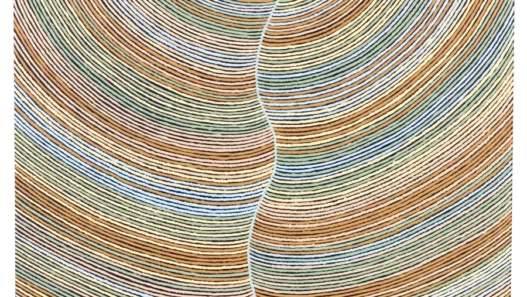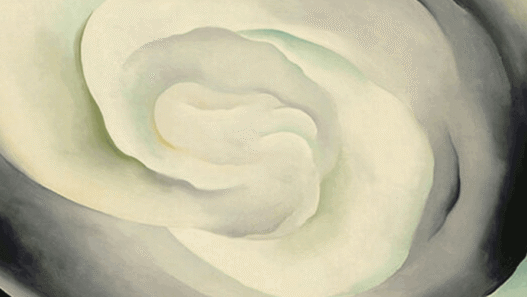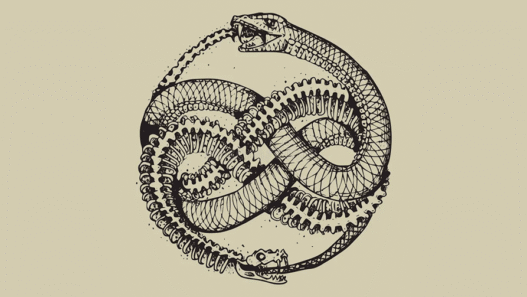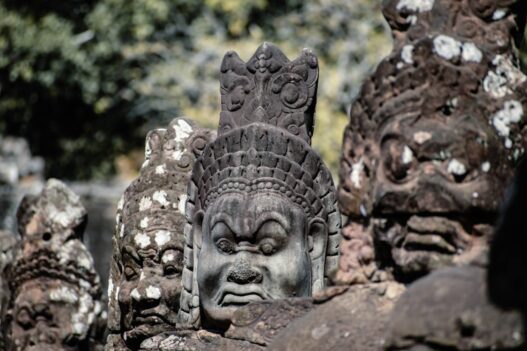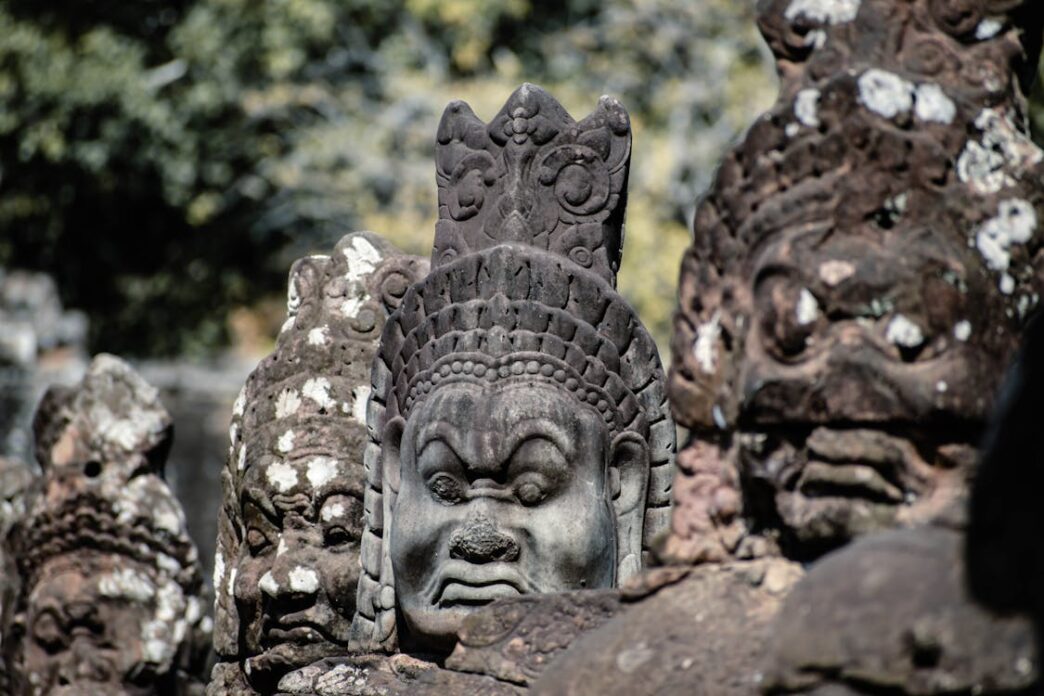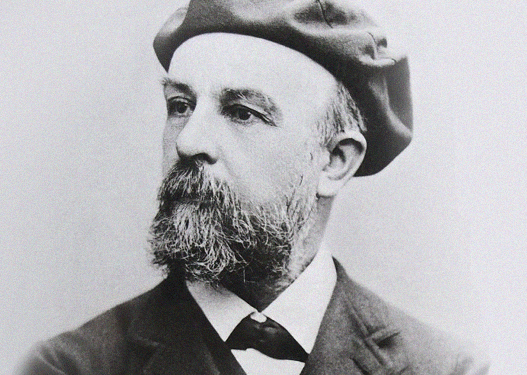Origin
The Indus Seal, an artefact steeped in antiquity, stands as a testament to the flourishing Indus Valley Civilisation, one of the oldest urban societies in the world and symbols of an ancient civilisation. Dating back to around 2600 to 1900 BCE, this ancient civilisation thrived in what is now modern-day Pakistan and parts of northwest India.
The civilization’s name derives from the Indus River, which played a pivotal role in shaping their advanced urban centers.
Since the early 20th century, the unearthing of Indus Seals has been an ongoing journey, spearheaded by dedicated archaeologists conducting excavations at various sites within the Indus Valley. It has been noted that More than 3,500 Indus Valley seals have been discovered.
Indus Valley seals are small, square steatite artefacts featuring animal engravings such as the unicorn bull, elephant, rhinoceros, and tiger accompanied by undeciphered script.
These seals, typically with a perforated boss on the reverse, were likely used to stamp clay for trade and administrative purposes, serving as identifiers or markers in commercial transactions.
Archaeologists have unearthed two remarkable ancient cities in the Indus Valley, namely Harappa and Mohenjo-daro, situated in present-day Pakistan and northeast India.
Harappa, in particular, stands as a testament to an impressive urban civilisation that once thrived, supporting a staggering population of 50,000, dwarfing neighboring towns and villages fivefold.
The cities of Harappa and Mohenjo-daro exhibit an extraordinary level of urban planning. Within robust city walls, a labyrinth of streets weaves through the settlements, showcasing meticulous organisation.
Intaglio seal (H97-3433-7617-01) Indus Fish symbol, public domain
These ancient marvels boasted an advanced system of sanitation and water supply, comprising wells, bathing rooms, and covered drains – a feat considered the world’s earliest in such engineering.
Furthermore, the residential structures in both cities were remarkably well-designed.
Houses offered distinct sleeping and cooking areas, while courtyards and upper stories enriched the architecture. Moreover, granaries served as repositories for vital sustenance, ensuring the prosperity of these vibrant urban centers.
Harappa and Mohenjo-daro continue to captivate archaeologists and historians, providing invaluable insights into the sophistication and ingenuity of early urban civilisations.
These discoveries shed light on the rich cultural heritage of the Indus Valley, reminding us of the remarkable achievements of our ancient ancestors
These seals were meticulously crafted from materials like clay, steatite, and terracotta. They bear intricate engravings of various symbols, animal figures, and enigmatic script-like markings, all skilfully etched onto their surface.
Indus cylinder seal with elongated buffalo, Louvre, public domain
Purpose of Indus Seals
The exact function of these seals remains uncertain due to the undeciphered script, but they are believed to have played a role in trade and administrative activities.
This seal, like many symbols of ancient civilisation, bore striking marks, adding another piece to the puzzle of the Indus Valley Civilisation’s enigmatic script.
The Rakigarhi seal, along with the countless others discovered over the years, continues to captivate researchers, historians, and enthusiasts, providing a glimpse into the complex world of this ancient civilisation.
Notable Finds
One of the most recent notable finds was in 2022
Check out this blog for behind the scenes of archaeological digs, unearthing ancient craftsmanship and the mysteries of bead-making using semi-precious stones like agate and carnelian.
The Rakigarhi seal, along with the countless others discovered over the years, continues to captivate researchers, historians, and enthusiasts, providing a glimpse into the complex world of this ancient civilisation.
Each new discovery brings us closer to unraveling the mysterious symbols of ancient civilisation of the Indus Valley and the significance of these symbolic seals in their intricate society.




